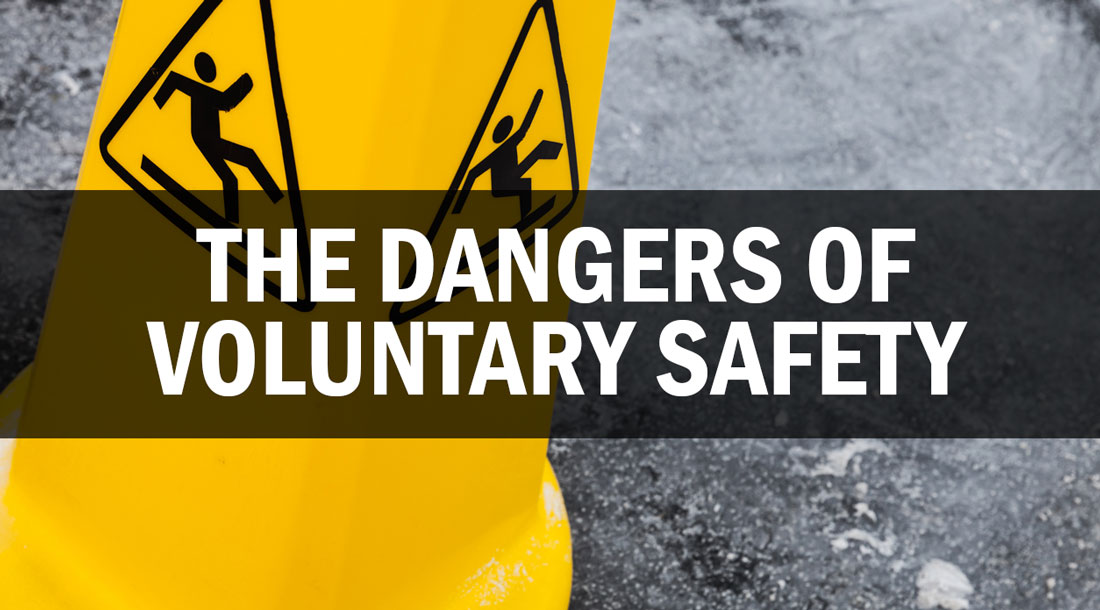I’ve found that there are two ways people tend to look at ice cleats. Ice cleats are a last resort. Ice cleats are part of the workplace safety gear solution. Let me ask you a question: Why are your employees using the Personal Protective Equipment (PPE) they have today? Chances are, your company has a lot of PPE that are mandatory, not voluntary, as a condition of employment. What about safety glasses, hard hats, steel-toe boots, high-visibility clothing, fire-retardant apparel? You get my point. These items are mandatory at most workplaces, including yours. Why? Because your employees experi[…]
Continue Reading
In recent years, the ice cleat and winter traction aid market has expanded a great deal. In fact, you might say it’s overwhelming. If you don’t want to spend the next 15 years of your life doing all the research necessary on how to prevent winter slip and fall incidents, the good news is, I’ve done that research for you. And now, I’d like to share some tips to help you simplify the options you have available in the marketplace. So, what are the two most important types of traction aids:
Continue Reading
Have you ever asked your employees for their feedback on the traction aids and ice cleats that you buy for them? If you have never done this, you are missing out on some very important information. This is one of the most critical and most often forgotten ways to increase employee buy-in. You will learn what is working well – and what is not – with the current ice cleats you provide to reduce winter slips and falls. Additionally, you will be building morale and reinforcing the notion that you care about employee safety.
Continue Reading
I know a safety coordinator at a large Canadian company. The conversation I had with him one winter stuck with me. When we spoke, he was in no mood to discuss the use of an ice cleat or other winter traction aids. He admitted that he was sick of winter, in general, and sick of hearing about ice cleats, in particular. He was tired of having to “deal” with them all the time. Does this sound familiar to you? Here’s the interesting thing about what I do for a living: If you choose to ignore the problem of winter slip and falls on ice and snow, you’re in luck because eventually the weather will cha[…]
Continue Reading
I have young kids at home. Every night, they eat dinner. Sometimes they eat their dinner early and sometimes it’s late. But every night they eat. So what would happen if I waited until they were starving to feed them. And at that point I said, “Okay, just spot me a few hours. I have to go to the market, buy some ingredients, come home, look up a recipe and then cook you dinner. Sound good, kids?” Just the thought of the ensuing tantrums is enough to ensure that this scenario never unfolds in my home.
Continue Reading
If a fireman asks you to check your smoke detectors, would you consider responding with: “We haven’t had any fires this year, so I’ll test them the next time we do.” Sounds ridiculous, doesn’t it? What if I told you that I hear tales of similar scenarios when I call a new contact and ask if they’ve tested their ice cleats yet? What many people don’t realize is that you don’t actually need ice and snow on the ground in order to conduct an ice cleat test. All ice cleats are built to increase traction on ice and snow – that part is easy. If they didn’t work, they wouldn’t exist.
Continue Reading












